The Hyundai Sonata is known for its fuel economy, but there may come a time when the gas light comes on. How many miles do you have before you are entirely out of gas in this situation? We have done the research to help you get to the nearest gas station.
When the low fuel light comes on, you have 40 miles before you are out of gas. If this situation arises, be sure to turn off the air conditioning and electronics to help save fuel. In addition, try to avoid high speeds and constant stop-and-go traffic.
When the low fuel light comes on, it is a high anxiety situation. That's why in this article, we will discuss how many miles you have until you reach empty on a Hyundai Sonata and tips on how to get the most out of the remaining gas. In addition, we will answer other frequently asked questions about the Hyundai Sonata, so read on!
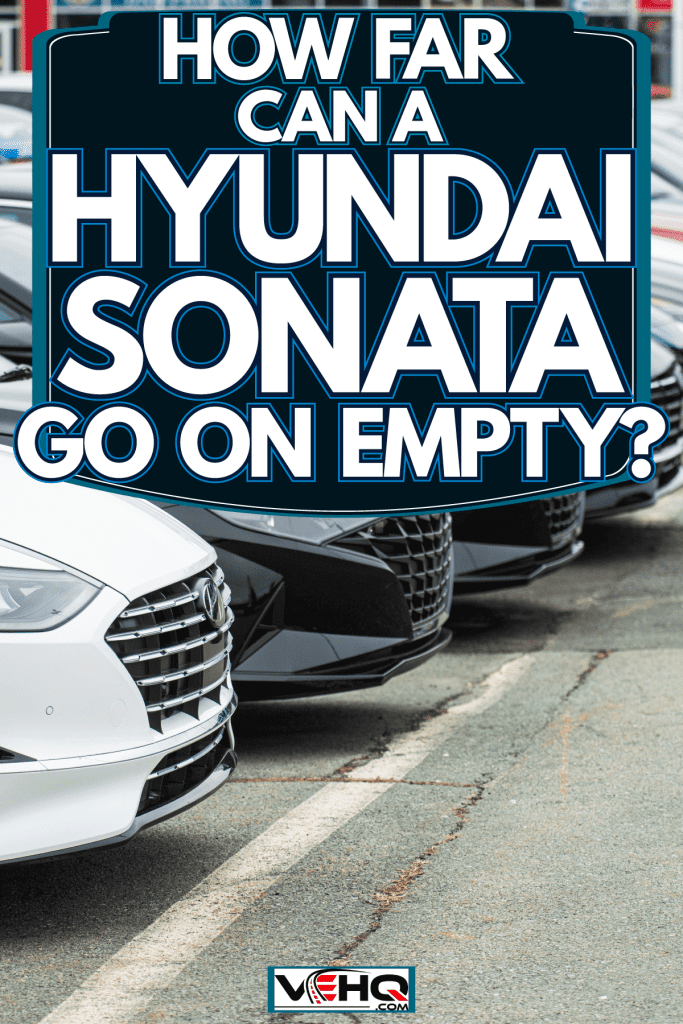
How Far Can A Hyundai Sonata Go On Empty?
Most of us, if not all of us, have at one point had the low fuel light come in our car. Some vehicles will make it longer than others before being completely out of gas. Luckily, the Hyundai Sonata gets excellent fuel economy with 28 mpg in town and 38 mpg on the highway.
Nonetheless, when the low fuel light comes on, you only have 40 miles until your fuel tank is empty. However, there are ways you can make the most of the remaining gas. Let's take a look at some tips below:
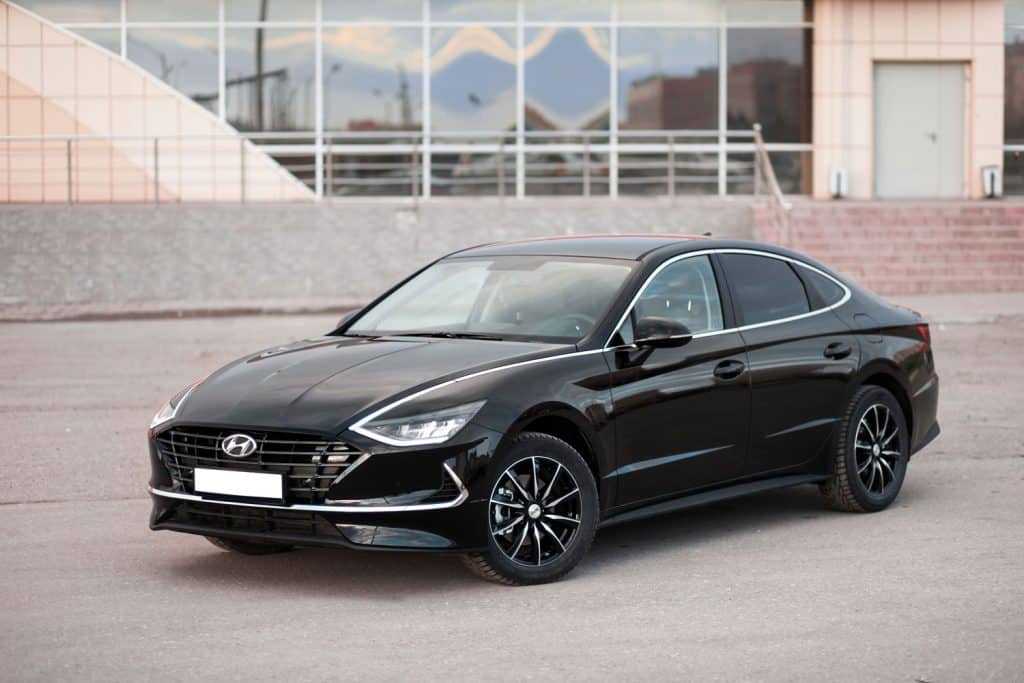
Pullover and locate a gas station
The first step to salvaging the remaining fuel is pulling over and locating a gas station. This way, you aren't driving aimlessly for the nearest gas station. Once you have located the nearest gas station, head that way.
Suppose the nearest gas station is out of the 40-mile range. Get as close as you can and pull over to a safe spot if you run out of gas. This way, if someone comes and helps, they can get you enough fuel to get you the rest of the way.
Turn off the air conditioning.
One thing that can affect your fuel economy is the air conditioner. Therefore, it's recommended to turn it off if you are driving with empty gas or running very low on gas. While you won't stay cool, this will help save fuel and keep you from getting stranded somewhere with no service.
Slow down and avoid high speeds
The faster you drive, the more fuel your car will use, which means driving at a slower speed will keep you from getting stranded. The higher RPMs you reach, the more fuel the engine burns.
That's why if possible, stay at a consistent speed. If you are on the highway or interstate, turn on your hazards, and drive between 35 and 45 mph.
Avoid stop & go traffic
Another tactic to save fuel is to avoid stop-and-go traffic. Because the car needs to accelerate every time you hit a red light or stop sign, you are adding more strain on your engine which means using more fuel. This also applies to "rolling" stops...so try not to take off after coming to a complete stop, but instead start slowly.
Turn off all electronics
It's a good idea to turn off any electronics such as the radio on your ride before you get stranded with no gas. Likewise, if you have a laptop in the back seat, make sure to put it away and disconnect any electronic devices.
Roll up the windows
Having your windows down will cause more drag and cause the car to work harder. The more effort your car exert, the more fuel it uses.
If possible, drive downhill
Driving downhill can save fuel. The more "downhill" you get, the less effort your car will have to exert. This will save fuel and give you more miles on empty. Take a route with the most downhill roads if you know the street layout well.
Avoid idling
Because the car can only run for so long on empty, having it idle will kill precious fuel. Turn off your engine if you are going to be stopped for more than ten seconds, and do not rev the engine when you start driving again.
If these tips do not work or cannot be done, it is possible to be stranded with no gas.
Roll down the window and ensure your car is in the park if you are stranded with no service. So long as there are no major safety hazards around [such as a steep drop-off], leave the hazards on, and contact a tow truck for help.
How do cars calculate miles to empty?
Miles to empty is a function of the car's computer, which calculates how much fuel you have left in your tank by your mileage. The car's computer takes into account several factors such as speed, distance driven, and engine load.
Usually, the car will base the distance to empty depending on your driving habits from the previous 20 miles. So, for example, if you just filled up the car's tank and drove until it was empty, then you would be driving 20 miles on what is referred to as "empty."
As a result, when you start the next part of your trip, the computer will calculate how much fuel you used for this last 20 miles. Then it calculates how many more miles you can go before you need to stop for more gas.
Keeping your car's computer updated if the miles start to differ from what you expect them to be is highly recommended. This can help prevent any miscommunications when determining how many miles are left in the tank using the last "empty" reading.
How accurate is the fuel range on a car?
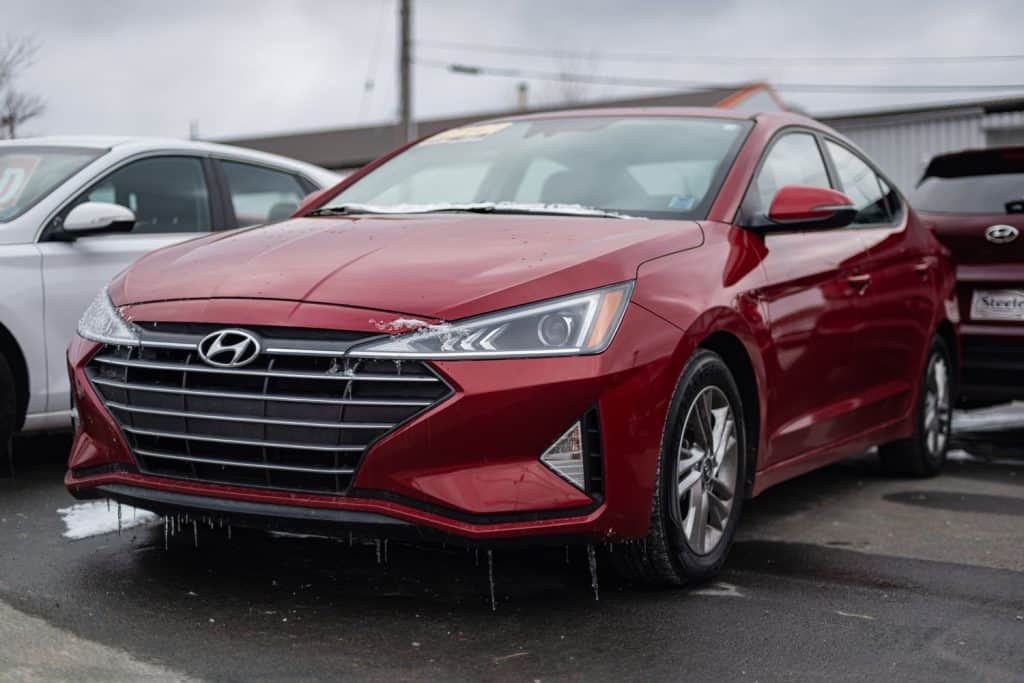
The fuel range on a car is typically accurate within a few miles. However, the reading may become more inaccurate as the car's computer ages, and there have been reports of models having problems with their gas gauges. The fuel range accuracy will also depend on if you suddenly go from highway driving to city driving.
Since the speeds will change, so will the fuel range until empty. Thus, the fuel range is accurate based on real-time driving.
How much gas is in a reserve tank?
On average, you can expect 1-3 gallons of gas in a reserve tank. In most cars, the reserve tank comes into play when you have driven 40-60 miles which would be 10% to 15% of a gas tank.
Bigger vehicles might have a bigger reserve tank due to holding more fuel. For example, if a truck can go a distance of 500 miles, it may have 50-75 miles before it is entirely out of gas.
Does every car have a reserve tank?
Most cars come with a reserve tank. The reserve tank is used when the car is below the "empty line." This is your emergency fuel to prevent you from being stranded with no gas.
In addition, some trucks have two fuel tanks. They have a primary fuel tank and a secondary fuel tank. The primary tank gives you what is referred to as the "normal" range, whereas the second tank gives you an extended range.
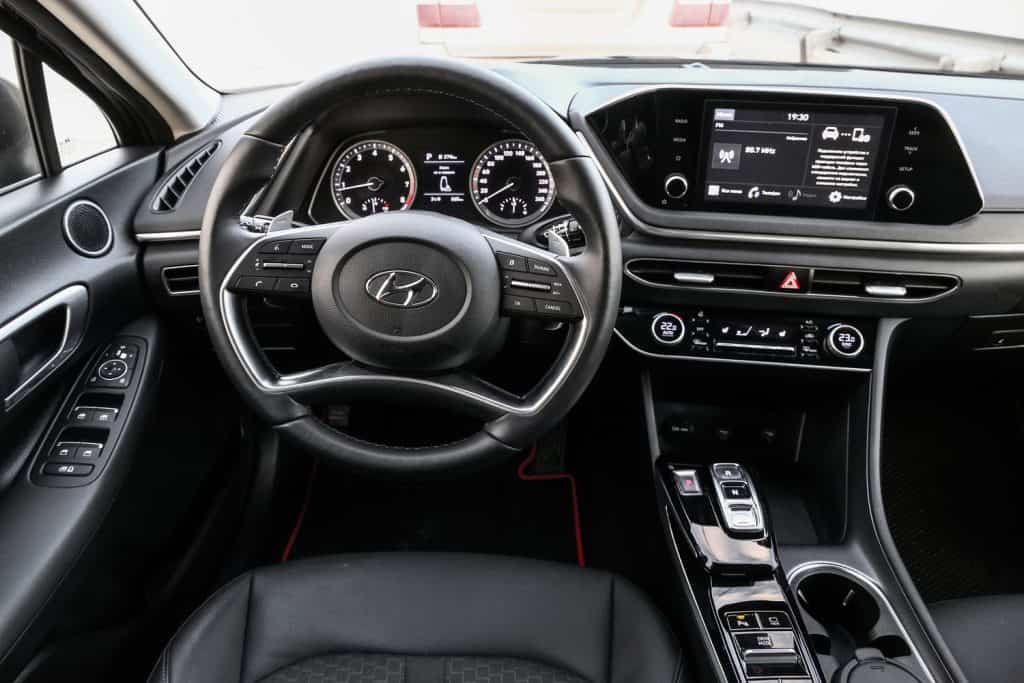
How do you know if your gas gauge is broken?
A car has several sensors that help the car calculate how much fuel it is using. These measurements are often used to determine your miles-to-empty reading and estimated time remaining before you run out of gas.
If the sensors do not work, there will be no way for your car to know how much fuel you have left in your tank. When your car is not showing any signs of having any issues, then the problem might be with one of your sensors.
If you notice odd mileage or time remaining estimates after filling up or driving a long distance, then it may be time to have them checked out by a trusted mechanic.
Until you can get the fuel gauge fixed, you will have to do your mathematical calculations to know how many miles you have until empty.
Final Thoughts
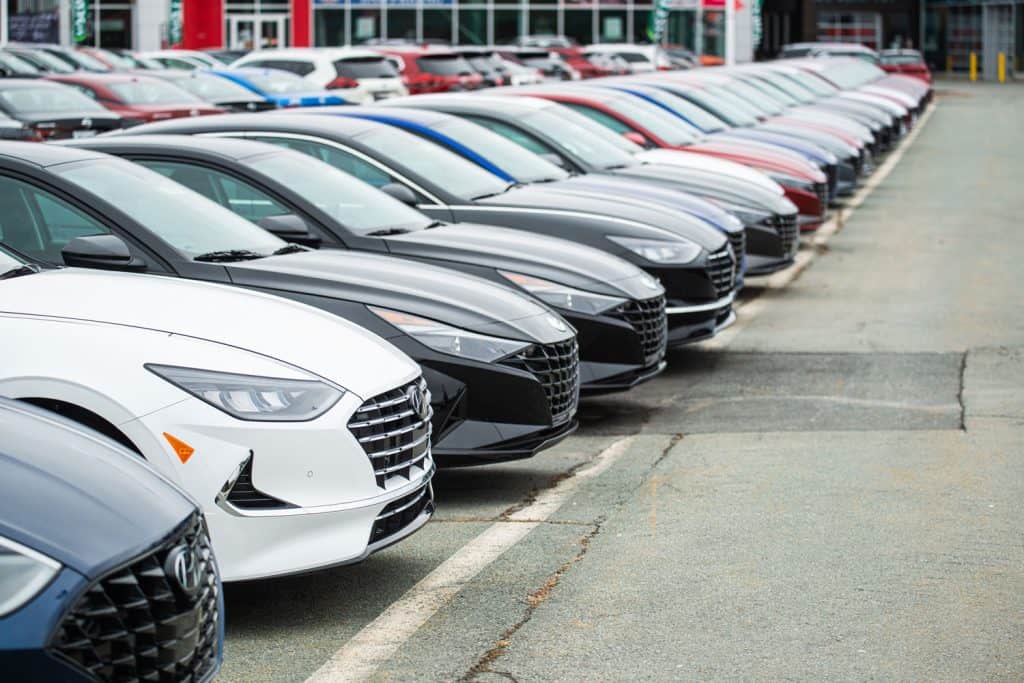
If your fuel light comes on your Hyundai Sonata, then don't panic. Instead, make a plan by locating the nearest gas station, driving slow, and avoiding stop-and-go traffic. If there isn't a gas station within distance, get as far as you can and call for help.
For more articles like this one, check out our website:
Car Shakes When Decelerating – What Could Be Wrong?
